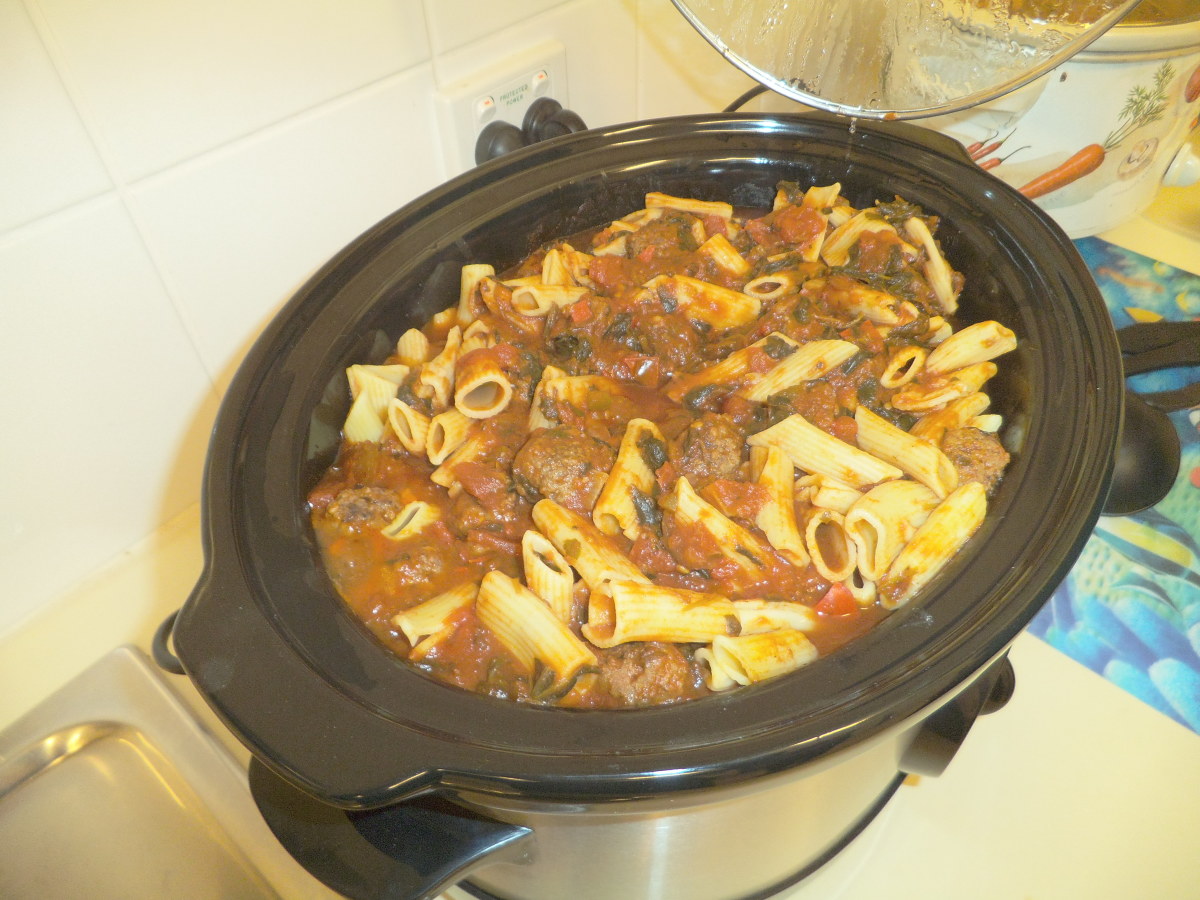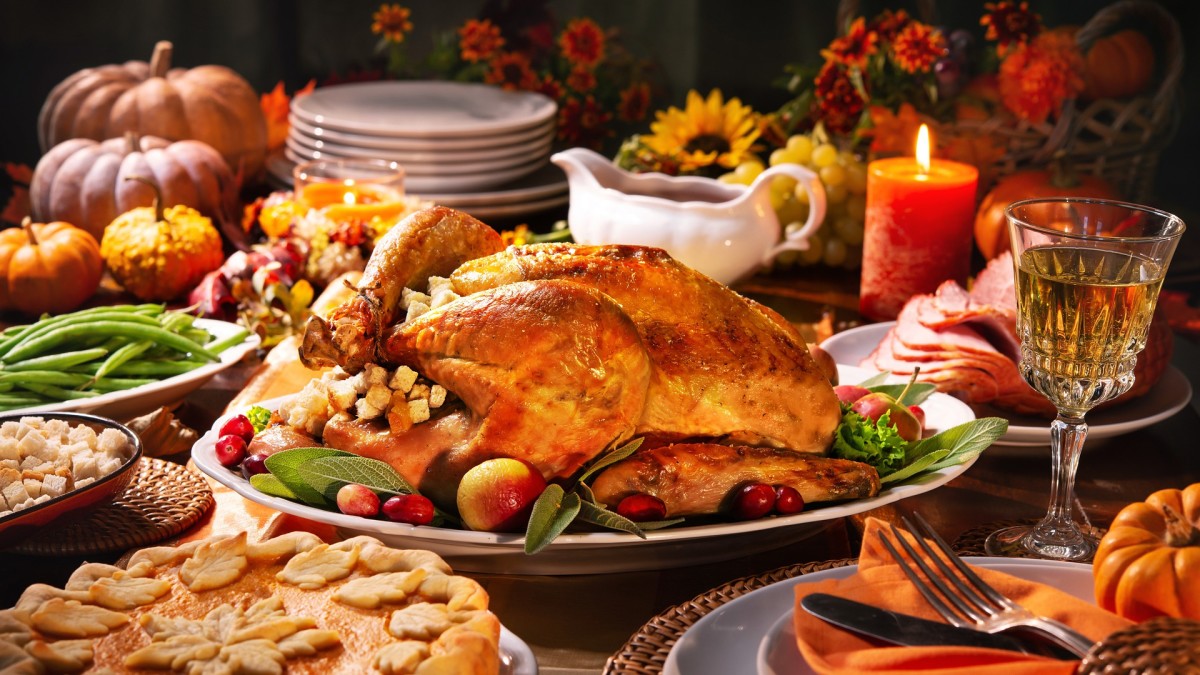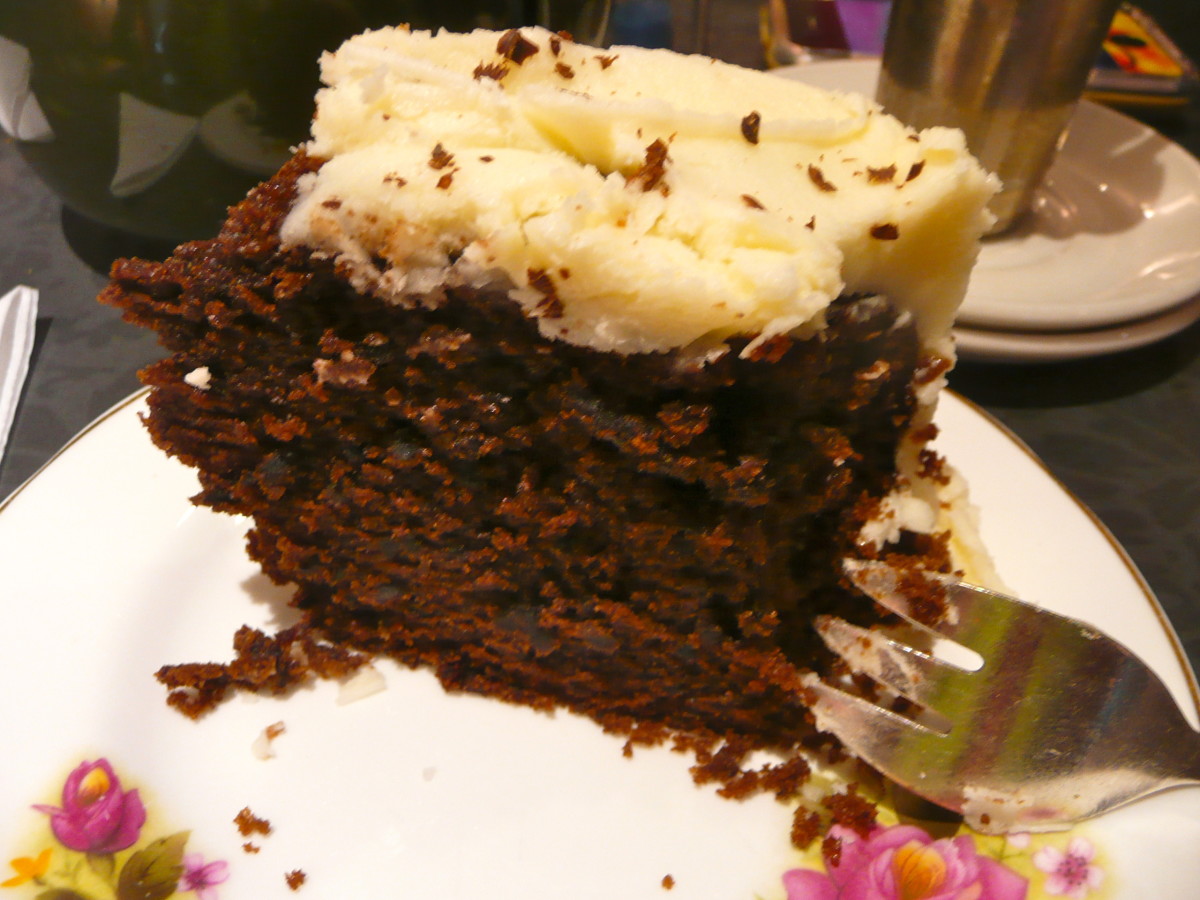8 Tips for Reducing Food Waste
The simplest way to reduce food waste is to repurpose the food. Before you throw the food in the compost bin or the trash, here are our 8 tips for reducing food waste.
Do you have leftover vegetables? Consider cutting them into slices for chips. Now you can dry them to create tasty, healthy snacks. This is true whether you have potatoes or bananas.
Do you have leftover vegetables and/or meat? Dice them so they can be used to make stew. If you’re making a pasta dish like lasagna, you can put chopped steak and small veggie pieces in the layer to get a healthier version. And it won’t be as obvious as vegetable lasagna or trying to serve your family veggie pasta made from spinach.

Do you have a baby? You can reduce food waste by pureeing the food you’re making or have leftovers to make your own baby food.
Do you want to drink more smoothies but can’t afford the mixes at the store? You can save a lot by using imperfect produce and running it through a food processor. Note that you can reduce food waste by using leftover food in the processor, too. Those leftover greens from your salad can be liquefied and mixed with fruit juice to make a green goddess smoothie. You could grind leftover nuts from a recipe or fruit from a fruit tray and mix it into tomorrow morning’s smoothie.
Make your own sauces and jellies. Chop up and puree fruit to create spreads for bagels and sandwich bread. Cut up tomatoes and vegetables to create healthier sauce, such as adding tomatoes and peppers you ran through the food processor to your store bought spaghetti sauce.
See your leftovers as the base for your next dish. Dice leftover stir-fry vegetables to mix into meatloaf. That’s aside from the ability to slice and dice ugly vegetables to create cheap homemade stir-fry mixes you can combine with leftover meat or the vegetarian protein of your choice. Note that shredded peppers and diced nuts make a great salad topping, too.
Turn your leftovers into tomorrow’s brownbag lunch. You could put the single leftover servings of meat and vegetables in a bowl, seal it with a lid, and put it in a freezer. As long as the food can be safely frozen and reheated, you could save several dollars a day by repurposing your dinner leftovers as lunches. If the leftovers aren’t filling enough for a full meal by themselves, add a can of corn or green beans to the container or take supplemental healthy snacks to eat alongside it.
Do your research before you feed your pets your leftovers. Cats might be given leftover fish and other meat. Dogs can be given bread and meat. However, you may not want to do this because they become accustomed to waiting for your food instead of eating from the food bowl. This practice can also lead to your kids using the dog as a garbage disposal of food they don’t like, regardless of how well the dog can actually digest it. Yet you may be able to give the dogs leftover meat trimmings without harm. Just don’t feed these leftovers to wild animals. You’ll eliminate their fear of humans and cause them to lose their ability to forage on their own.









